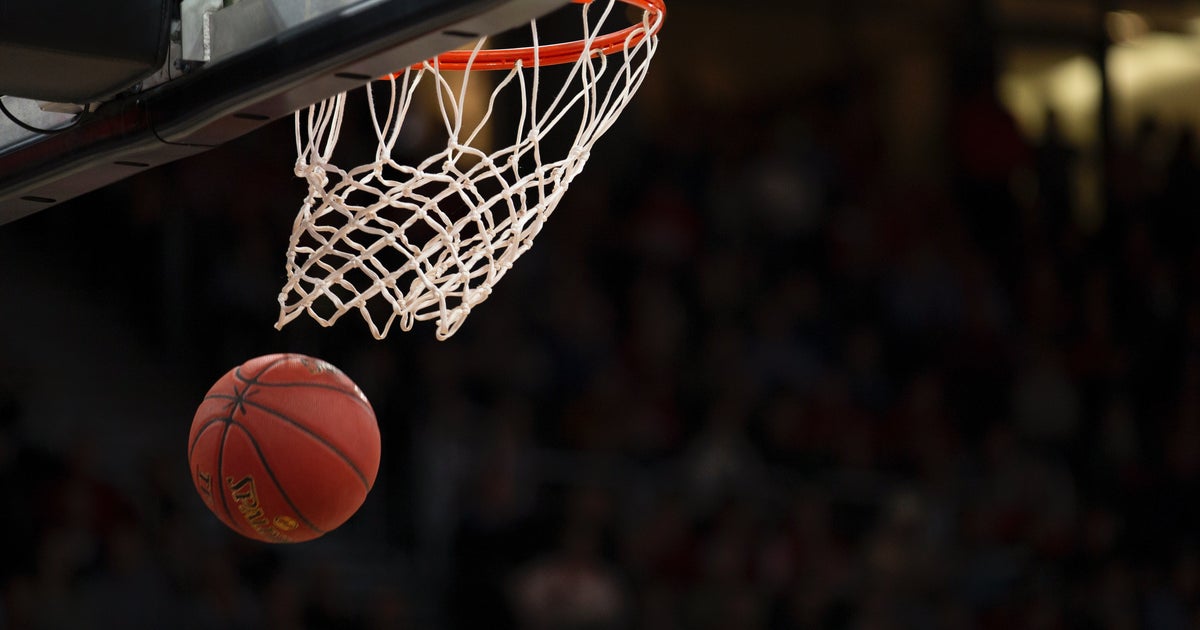This article is written by a student writer from the Her Campus at Washington chapter and does not reflect the views of Her Campus.
As the 2025 WNBA season comes to a close with the Las Vegas Aces winning their third title in the past four years, it has become clearer than ever that now is the time. Amid the league’s recent success, the call for equitable pay and greater investment in players is gaining urgency.
According to Sports Illustrated, ESPN recorded that the 2025 WNBA regular season was the network’s most-watched in the league’s history. The newest expansion team, the Golden State Valkyries, has already recorded the all-time WNBA attendance record with 397,408 total fans. Every single one of their home games has been a sold-out crowd, a remarkable feat for a team that has existed for less than a year.
And this has been the case for more than just the Valkyries, as attendance has skyrocketed throughout the league. So, what has made this season so successful?
For one, rookies in recent years have shown exceptional promise, emerging as the faces of the league. Still 19, Dominique Malonga put up an average of 7.7 points per game. Kiki Irafen and Sonia Citron were both named All-Stars in their first year of play, and Paige Bueckers has delivered one of the most distinguished and seamless transitions to the professional league by far. Following the 2024 Rookie of the Year–Calitlyn Clark–Bueckers winning the award this year marks the first time guards have won this award in back-to-back seasons since 2007. As noted by ESPN, this generation of rookie guards has challenged traditional thought about the early performance of the position.
This season, I was lucky enough to attend a nail-biting battle between the Dallas Wings and the Los Angeles Sparks. Paige Bueckers and Kelsey Plum dueled it out until the final seconds, with Plum driving untouched through the lane, sinking a floater at the buzzer to ultimately take home an 81-80 Sparks victory. Despite the loss, Bueckers received a standing ovation (even as the away team) after the Wings rookie had a practically perfect 44-point performance, tying Cynthia Coppers for the most points by a WNBA rookie. Walking out of Crypto Arena, my dad declared, “That was the best basketball game I have ever been to.”
Besides the emergence of rookie stars, the topic of WNBA players getting paid what they deserve continues to dominate conversations around the league.
During the 2025 All-Star Game, almost all players joined together during warmups wearing shirts that read “pay us what you owe us.” The morning of the big game, players gathered in a closed-door meeting to deliberate the idea. Being the only time of year when the league’s most prominent players are together, they ultimately decided to put a spotlight on their fight to earn higher salaries and a larger piece of the WNBA’s revenue.
Players will continue to meet with the league in collective bargaining agreement (CBA) negotiations during the offseason, which expires October 31st. Battling for higher player salaries and fair revenue sharing has become a significant topic of discussion.
Furthermore, controversy has continued to surround WNBA Commissioner Cathy Engelbert, who was heavily booed as she awarded superstar A’ja Wilson the WNBA Finals MVP award. A couple of weeks earlier, during Minnesota Lynx phenomenon Naphessa Collier’s exit interview, she stated that the WNBA has the “worst leadership in the world.” Collier declared the league has failed to compensate players, and that Engelbert had told her standout players such as Caitlyn Clark “should be on their knees,” thanking them for the platform the league has given them.
Since this interview, players from all across the league, as well as from other sports platforms, have shown their support for these female athletes.
Now, more than ever, it is time to build on this surge of success. As the WNBA reaches new heights of triumph, players’ voices are louder, and the momentum is undeniable. It’s not just time to celebrate the league—it’s time to pay the players what they deserve. The future of women’s basketball is now.

